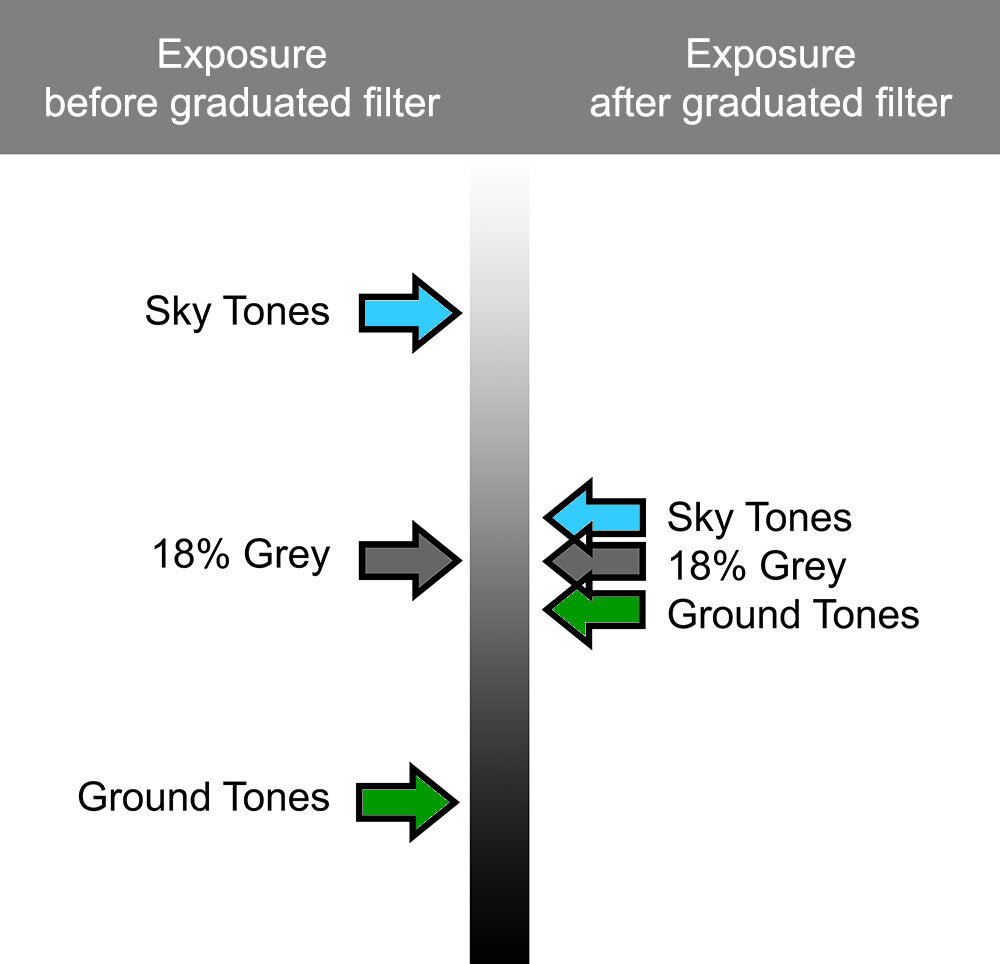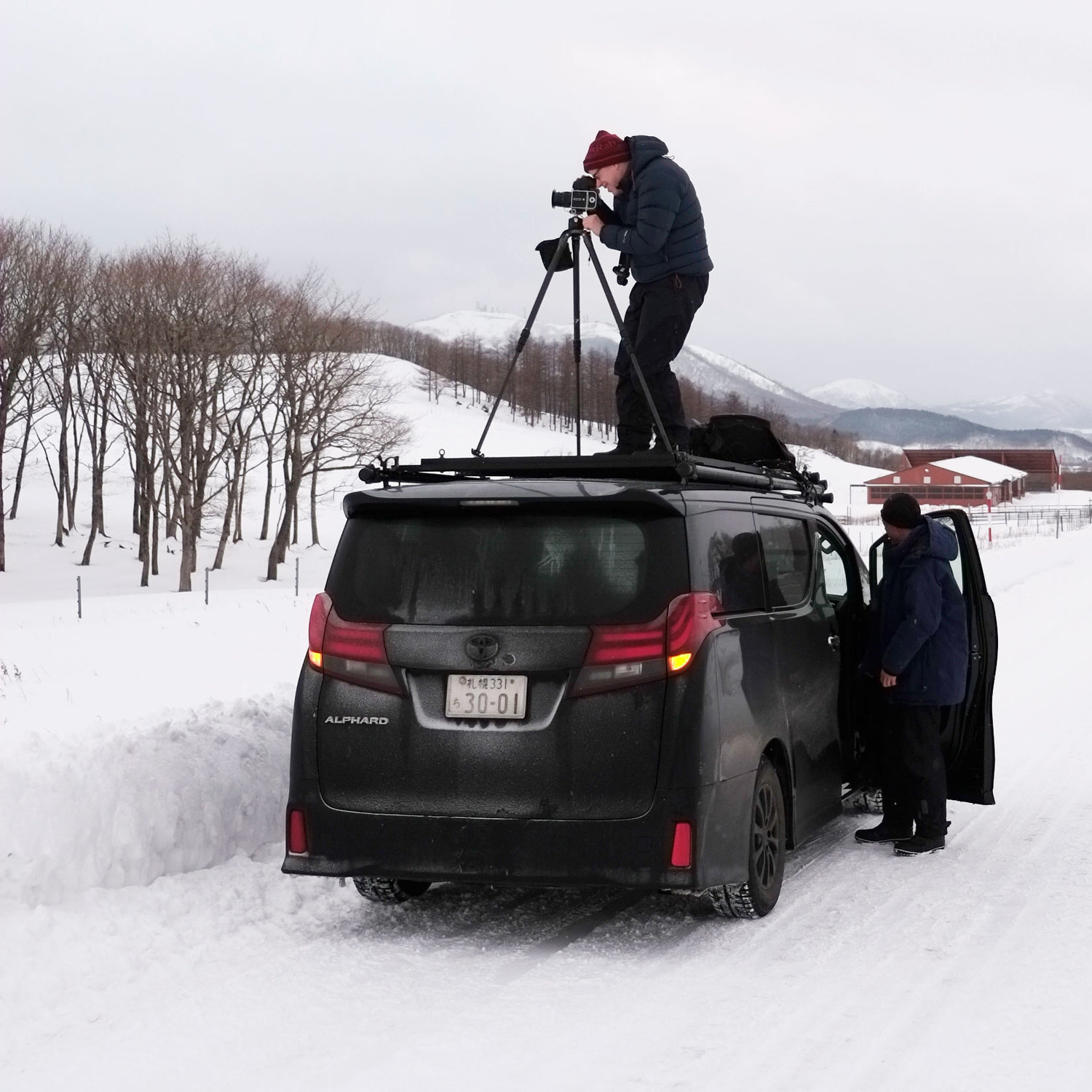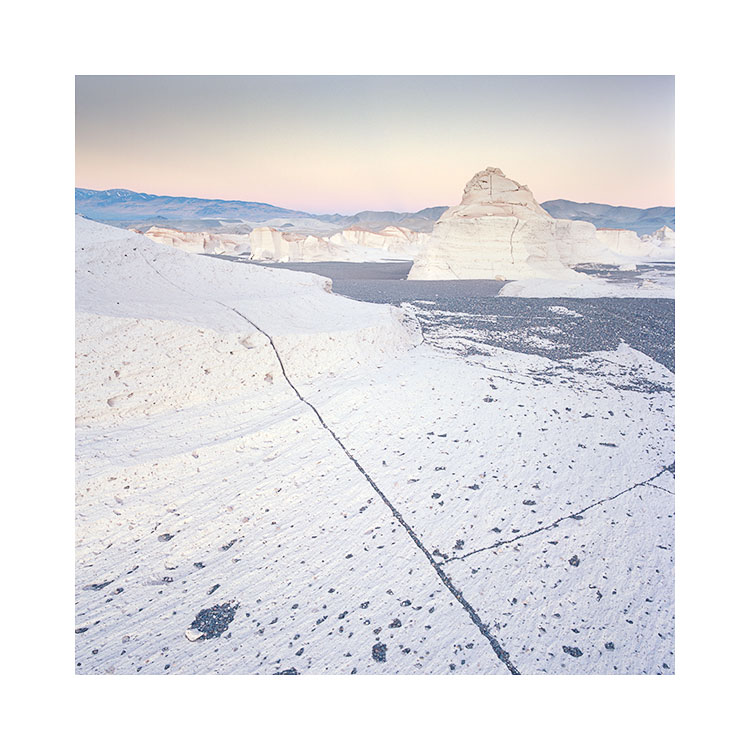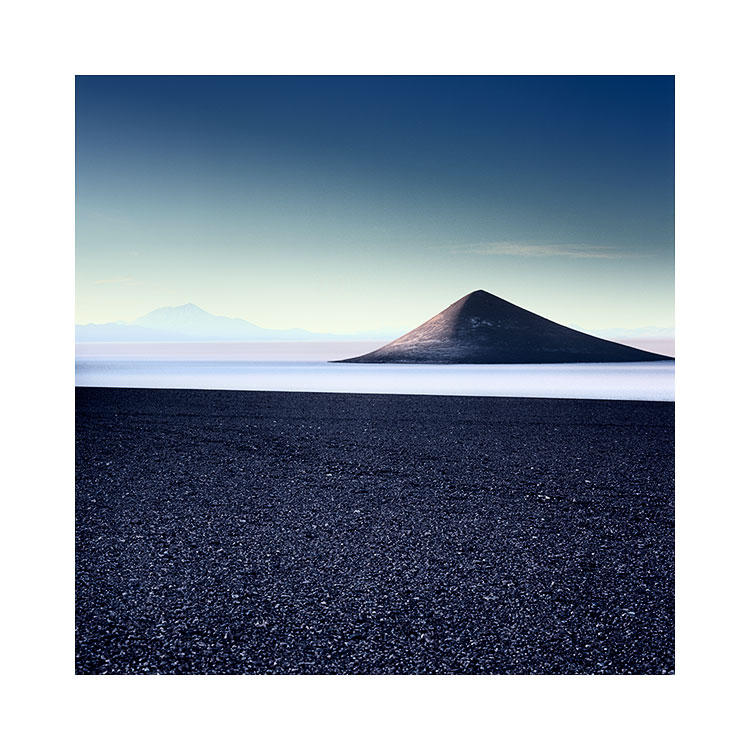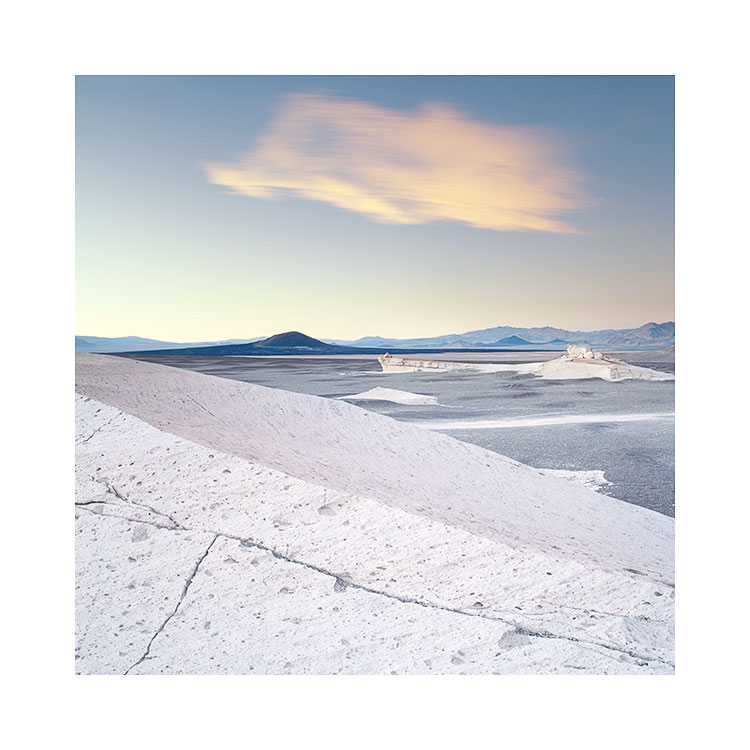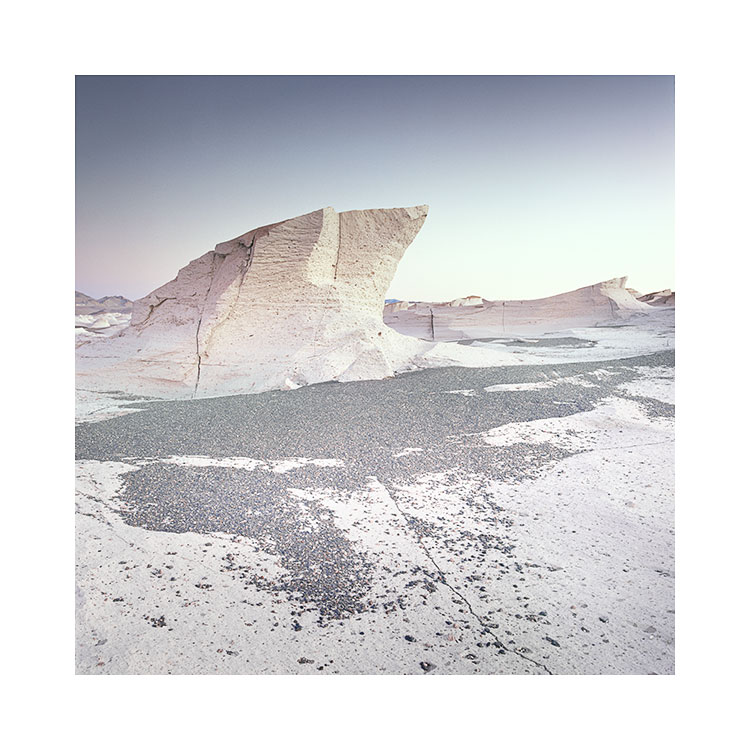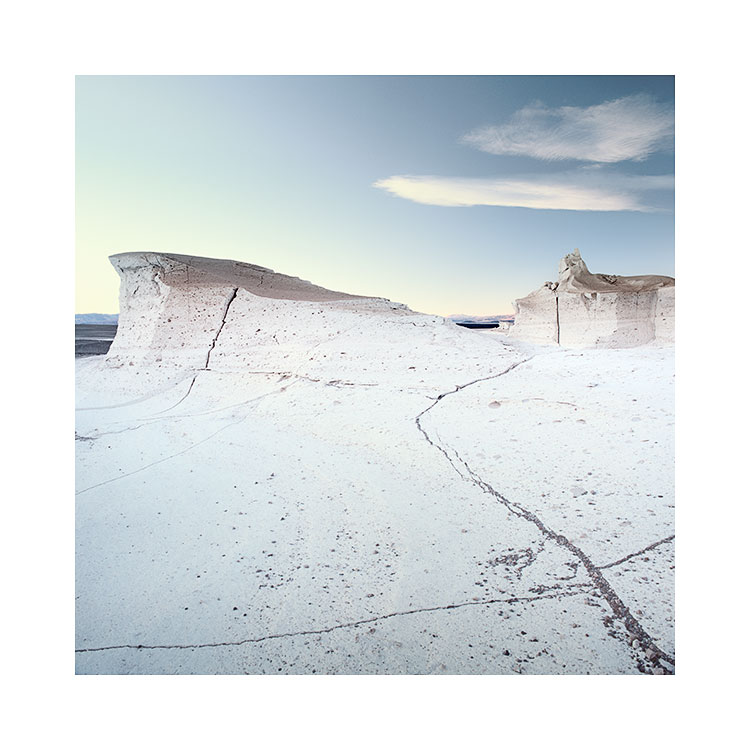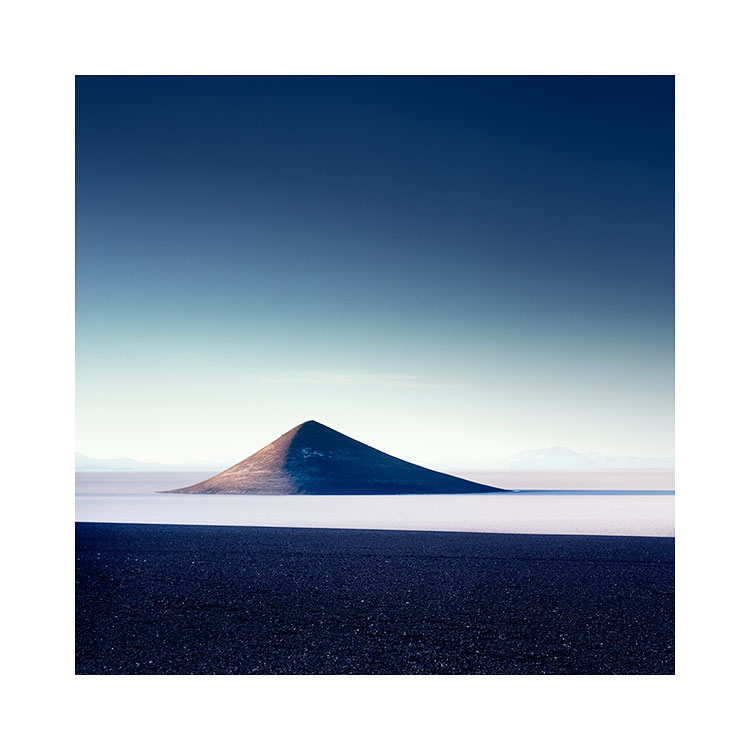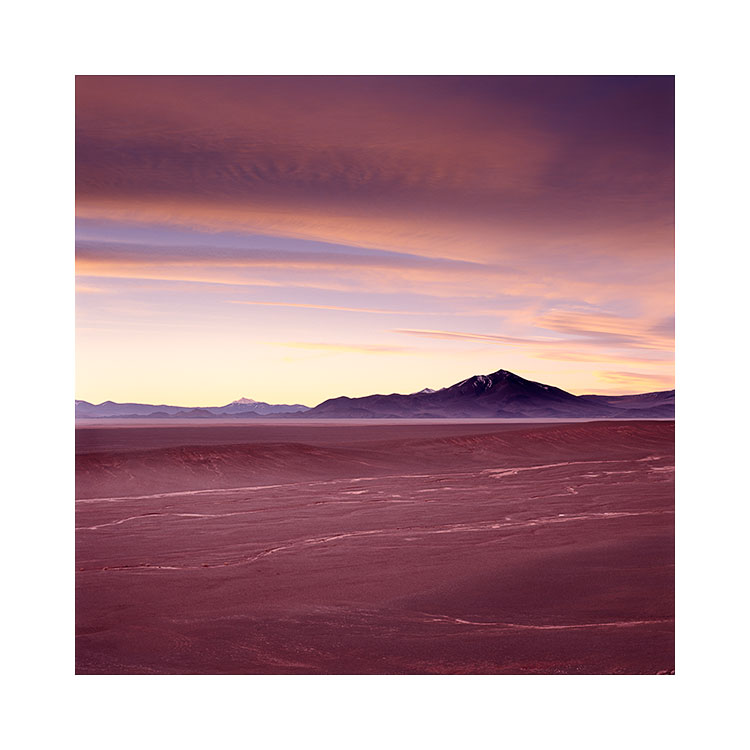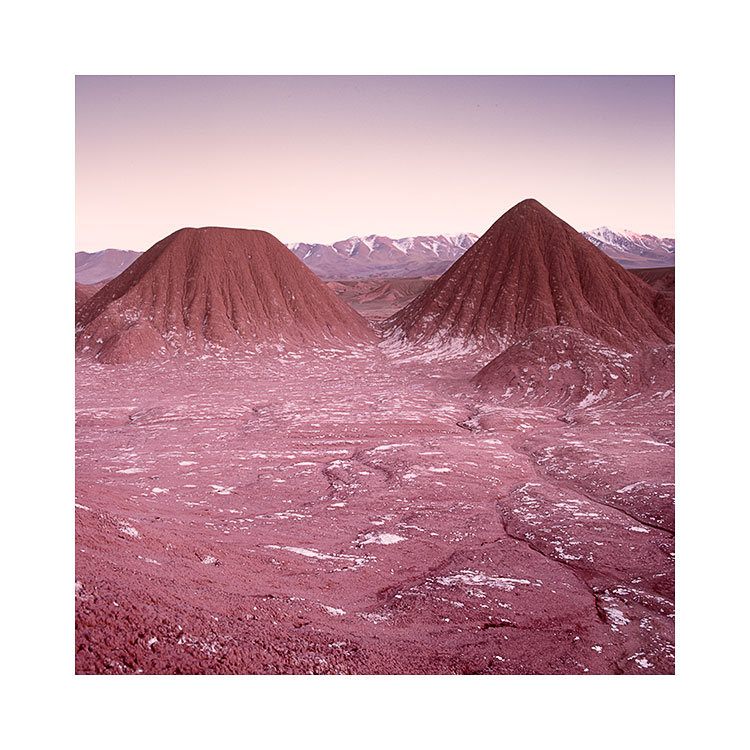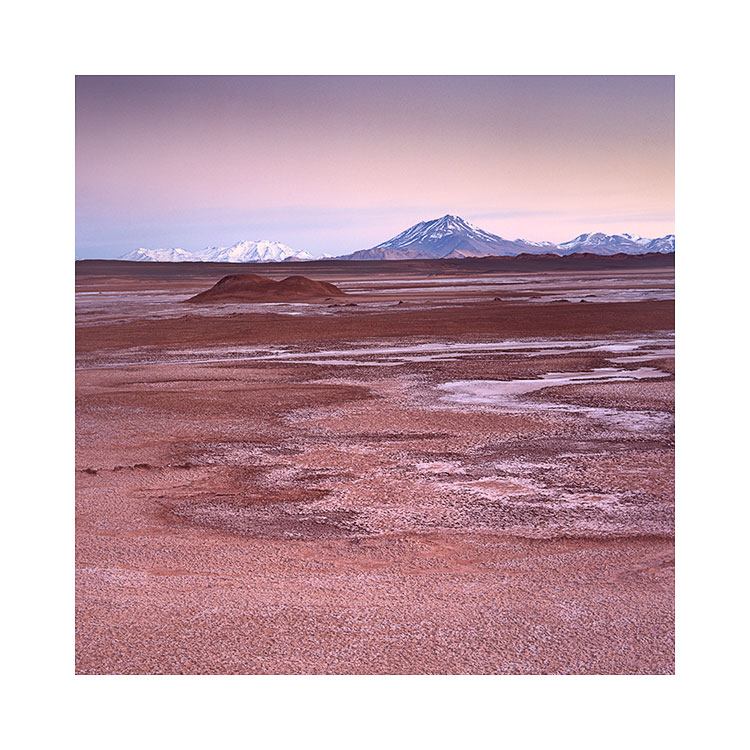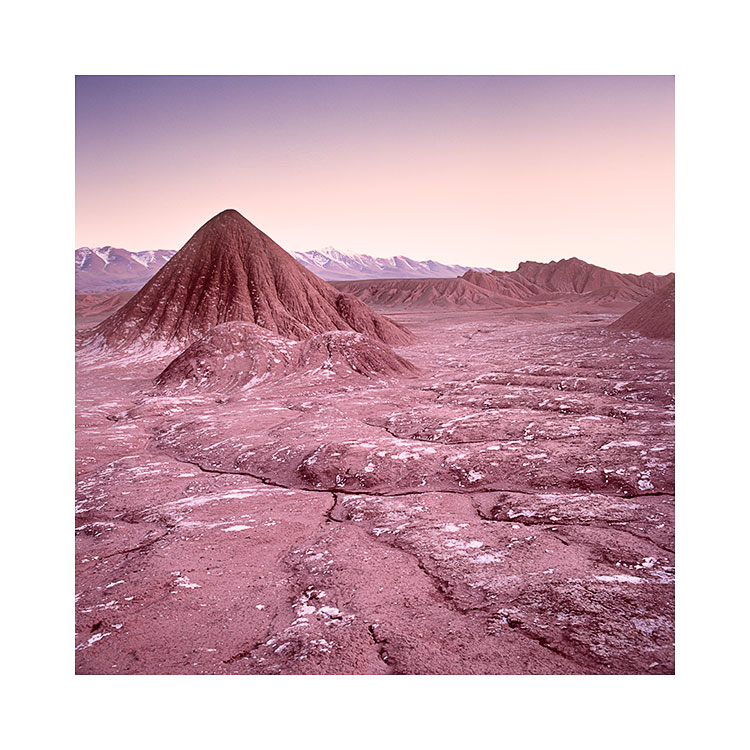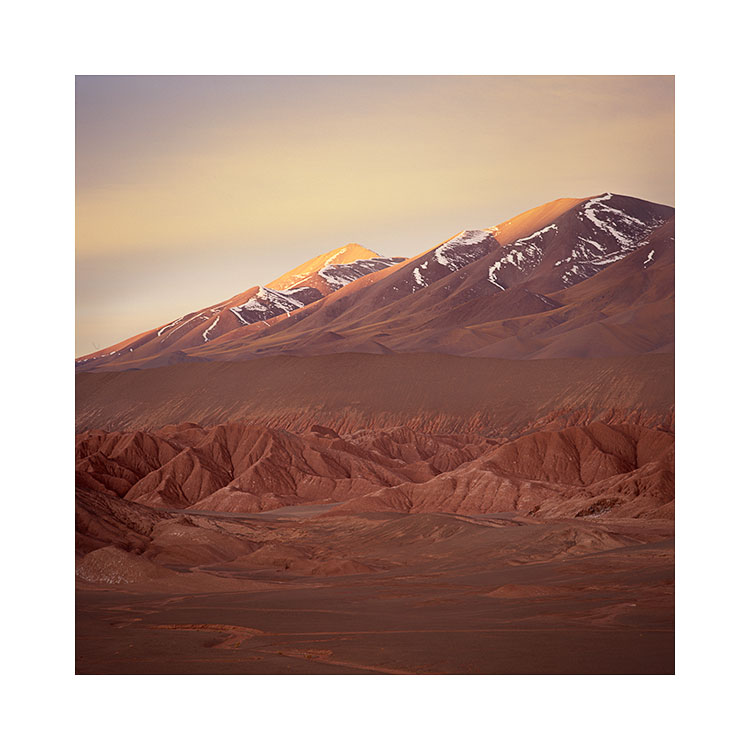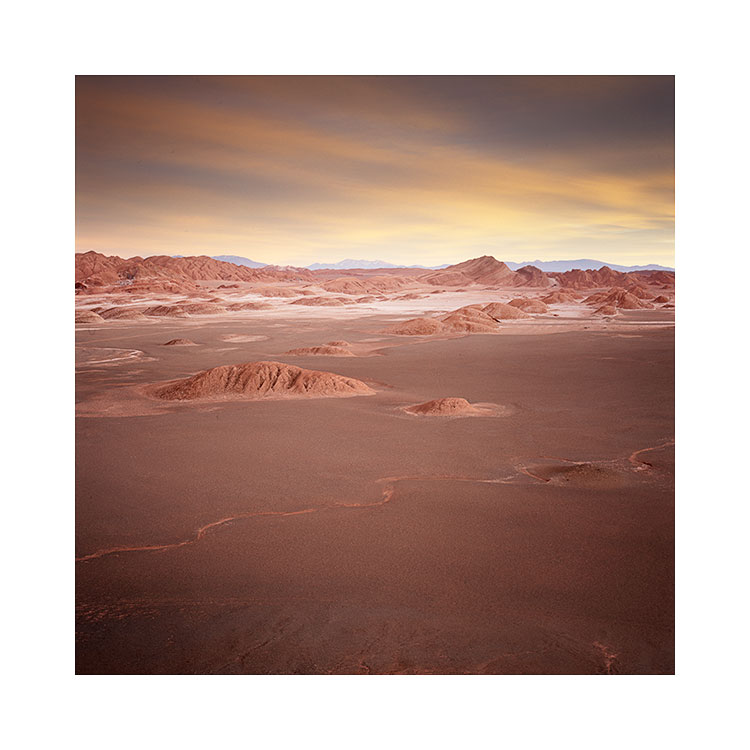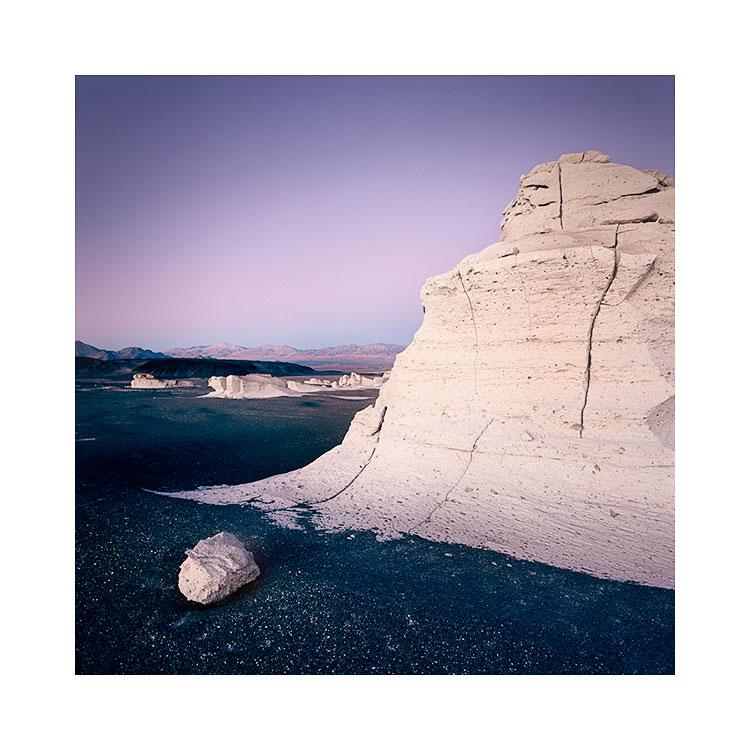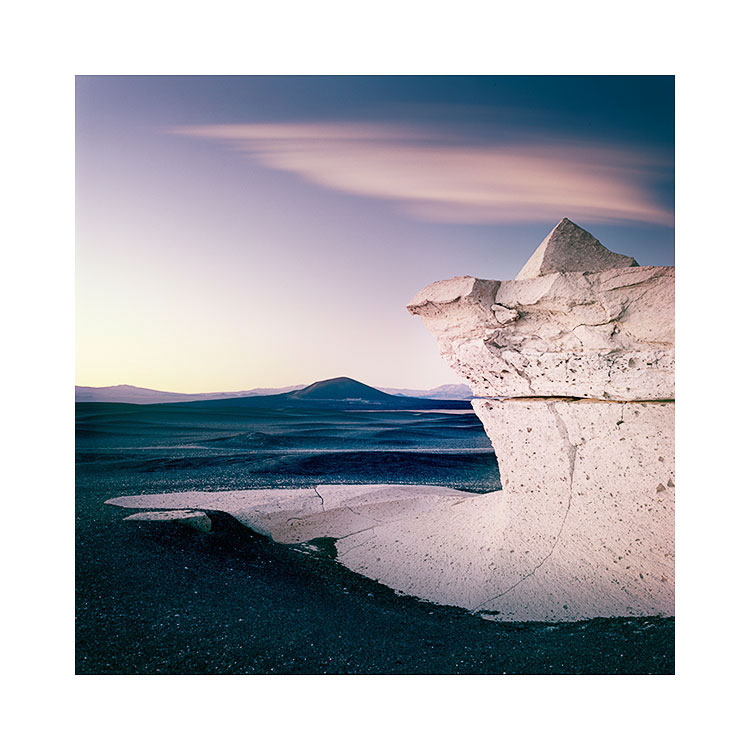Over the past few weeks I’ve written a few posts about the main obstacles that we have to overcome as photographers. They are:
1st biggest challenge is being original.
2nd biggest challenge is being objective about what we do.
They are as I have stated above, written to stir some inner thought. So I’d like to continue on this vein but feel I must stress that for myself, I do a lot of internalising. I find myself often questioning my own motivations and basically: why I do what I do. I’m never too clear if being too introspective is good or bad. Perhaps it’s both. I don’t know, but what I do know is that I think being aware of my own limitations, hang-ups, problems, strengths, weaknesses is a good thing. Brushing over the darker sides of my personality does not help me when creating my work. Trying to improve my process and the quality of my work often feels as if I have to do some work on myself, and not the art.
The art is a mirror of whom I am.
So with that pre-amble out of the way, I’d like to suggest that the 3rd biggest challenge we all face with our photography is in overcoming the need to impress.
It’s perhaps the most difficult to write about, without perhaps offending someone, or being easily misunderstood. My intentions are to help, not to give you a hard time, but I do think that progress is often hard, and truth can often hurt, and we all have to come face to face with our motivations if we are to be objective in what we do. It’s the only way we will know when our work comes from a good place, or when we are being overcome with a need to impress.
Sure we have to balance, measure and assess our work from time to time, but I think it needs to be devoid of considering how others may value it. If we can remove the need to impress others then I think we’re on the right path to a kind of truthfulness in our work.
Doing what we do because we love it, should come first and foremost.
Indeed, I would go as far as to say that doing what we do because we love it should be all that matters. Whether anyone else gets what we do, loves what we do, hates what we do, should not matter. Because it does not matter. It really doesn’t.
I have learned over the past twenty years from having a small profile that the comments about my work have varied enormously. All I can gather from this is that I will never please everybody and neither should I try to. I could get so lost if I tried.
I think my need to impress comes from times when I lack of confidence in what I do.
No one escapes. Not even the most professional of photographers. Everyone has low periods. Everyone has moments when they doubt what they are doing. It’s perfectly natural to have these moments. All of us, no matter how proficient, will go looking for validation from time to time.
I’ll never get away from this ‘need to impress’ rearing its ugly head from time to time in my psyche. But what I think is important is to realise that these moments are just that, and ultimately, how I feel about my work is the only thing that matters.




